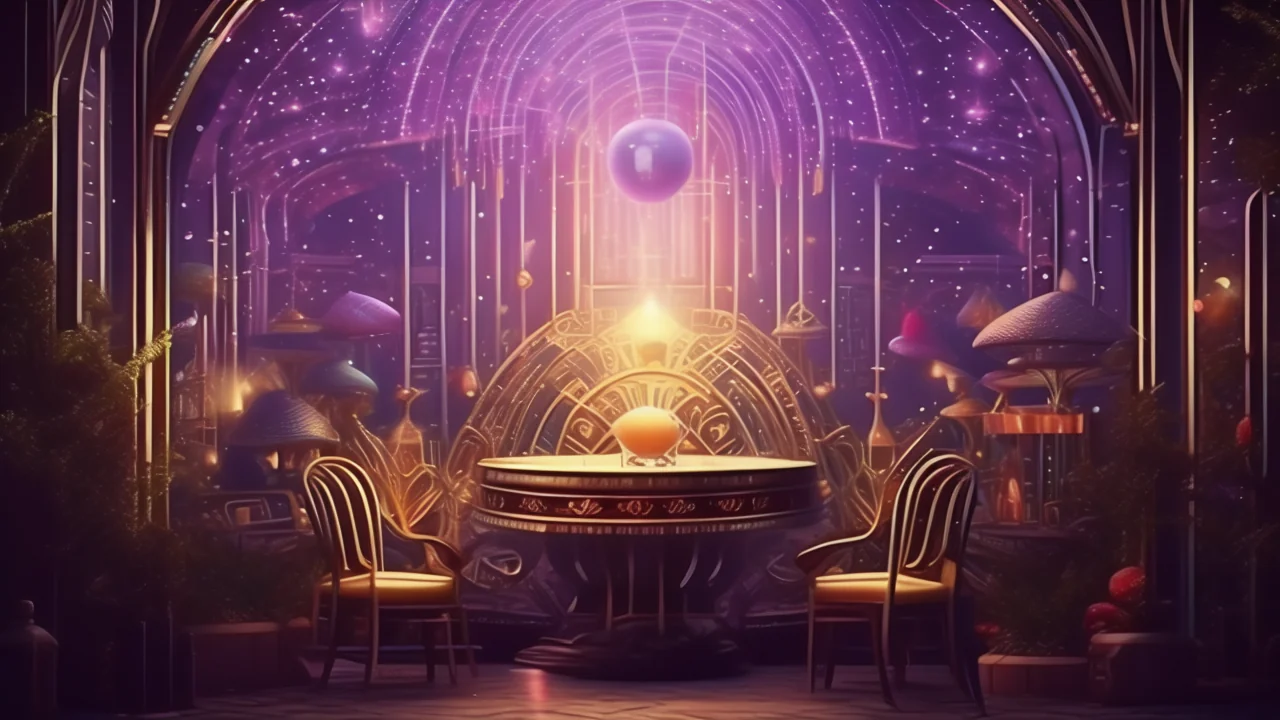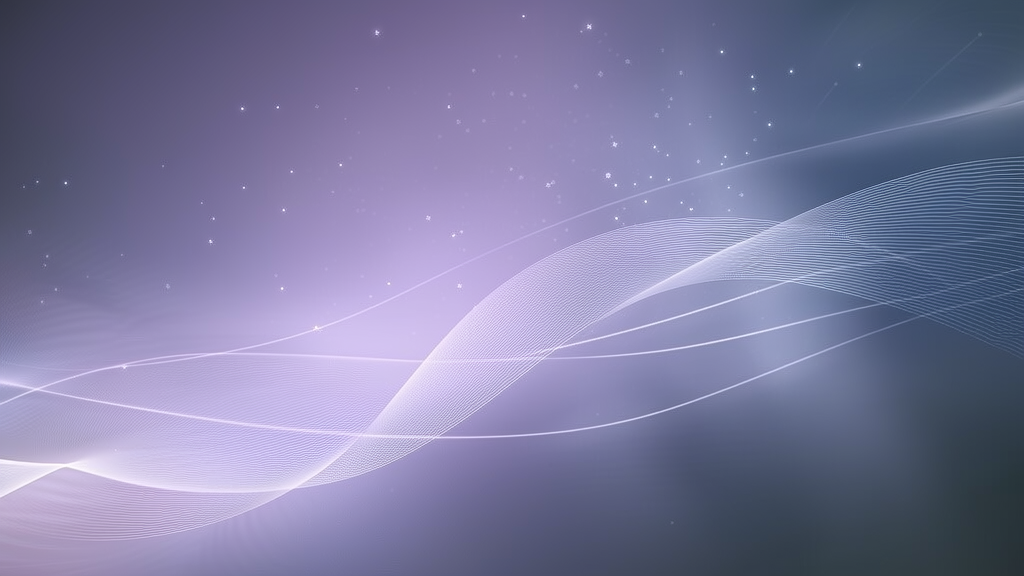
The Fascinating History of Tarot: From Playing Cards to Divination
Discover how tarot evolved from 15th-century Italian playing cards to the mystical divination tool we know today.
By TarotAI Team

The Fascinating History of Tarot: From Playing Cards to Divination
Journey through centuries of mystical tradition as we explore how tarot cards evolved from simple playing cards to the powerful divination tools beloved by millions today.
The Origins: 15th Century Italy
The Birth of Tarot (1440s)
Tarot cards first appeared in Northern Italy during the mid-15th century, originally called "carte da trionfi" (cards of triumph). These weren't mystical tools but luxury playing cards for the wealthy Italian nobility.
Key Historical Points:
- 1442: Earliest documented reference to tarot cards
- Milan and Ferrara: Primary centers of early tarot development
- Hand-painted cards: Created by renowned artists for aristocratic families
- Gaming purpose: Used for trick-taking card games, not divination
- Gold leaf backgrounds showing incredible craftsmanship
- 22 trump cards (the foundation of Major Arcana)
- Four suits similar to modern playing cards
- Religious and mythological imagery reflecting Renaissance culture
- France: Tarot gains popularity, cards become more standardized
- Marseilles: The famous Tarot de Marseille emerges
- Switzerland and Germany: Regional variations develop
- Still gaming focused: Divination use remains minimal
- French scholar publishes "Le Monde Primitif"
- Claims tarot contains ancient Egyptian wisdom
- Links cards to the Book of Thoth
- Historical note: These claims were largely speculative but sparked occult interest
- First professional tarot reader
- Created first deck specifically for divination (1789)
- Developed systematic card meanings
- Established many fortune-telling traditions still used today
- Éliphas Lévi: Connected tarot to Kabbalah and Hebrew alphabet
- Arthur Edward Waite: Commissioned the most famous modern deck
- Pamela Colman Smith: Artist who created the iconic Rider-Waite imagery
- Aleister Crowley: Developed the influential Thoth deck
- Illustrated pip cards: Unlike previous decks with simple suit symbols
- Symbolic imagery: Rich in esoteric meaning and psychological insight
- Accessible interpretations: Made tarot reading approachable for everyone
- Mass production: First widely available tarot deck
- The Fool: Court jester or wandering minstrel
- The Pope/Hierophant: Religious authority
- Death: Literal death or transformation
- The World: Completion and achievement
- Psychological insights (influenced by Jung)
- Spiritual journey metaphors
- Personal growth and self-discovery
- Universal human experiences
- French: Emphasis on cartomancy and fortune-telling
- English: Psychological and spiritual development focus
- American: New Age and self-help integration
- Modern: Therapeutic and mindfulness applications
- 1960s: New Age movement embraces tarot
- Feminist interpretations: Goddess-centered decks emerge
- Psychological approach: Jung's archetypes influence readings
- Pop culture: Tarot appears in movies, books, and art
- Online readings: AI-powered interpretations
- Digital decks: Apps and virtual cards
- Global community: International tarot sharing
- Diverse voices: LGBTQ+, multicultural, and contemporary themes
- Tarocchi: Traditional Italian cards still used for gaming
- Bologna pattern: Distinct regional style
- Sicilian influences: Unique artistic interpretations
- Tarot de Marseille: Classic design influencing many modern decks
- Cartomancy traditions: Sophisticated reading methods
- Occult revival: 19th-century esoteric developments
- Rider-Waite influence: Dominant in modern practice
- Psychological approach: Focus on personal growth
- Therapeutic applications: Integration with counseling
- Confirmation bias: Finding meaningful patterns
- Projection: Seeing personal situations in card imagery
- Intuitive thinking: Accessing subconscious insights
- Meditation effect: Focused reflection promotes clarity
- Self-reflection opportunities
- Creative problem-solving
- Stress reduction through ritual
- Enhanced self-awareness
- Inclusive imagery: Diverse representation in modern decks
- Secular applications: Life coaching and therapy integration
- Artistic innovation: Contemporary artists creating unique interpretations
- Digital integration: AR/VR and AI-enhanced readings
- Personalized AI readings based on individual patterns
- Therapeutic protocols for mental health support
- Educational applications for historical and cultural studies
- Artistic collaborations with contemporary creators
The Visconti-Sforza Deck
The oldest surviving tarot cards belong to the Visconti-Sforza family, featuring:
Evolution Through the Centuries
16th-17th Century: Spread Across Europe
18th Century: The Occult Connection
This period marks tarot's transformation from game to mystical practice:
Antoine Court de Gébelin (1781)
Jean-Baptiste Alliette (Etteilla)
The Golden Dawn Revolution
19th Century Transformation
The Hermetic Order of the Golden Dawn revolutionized tarot understanding:
Key Contributors:
The Rider-Waite-Smith Revolution (1909)
This deck changed everything:
Tarot Symbolism Through History
Major Arcana Meanings Evolution
The 22 trump cards have maintained core meanings while gaining depth:
Medieval Origins:
Modern Interpretations:
Cultural Influences
Different cultures added their interpretations:
Tarot in the Modern Era
20th Century Renaissance
Digital Age Evolution
Debunking Common Myths
Myth 1: Ancient Egyptian Origins
Reality: Tarot originated in Renaissance Italy, not ancient Egypt. The Egyptian connection was a romantic 18th-century invention.
Myth 2: Gypsy Creation
Reality: Roma people didn't create tarot. This stereotype arose from their historical role as traveling fortune-tellers.
Myth 3: Evil or Dangerous
Reality: Tarot cards are simply tools for reflection and insight, with no inherent supernatural power.
Myth 4: Predicting Fixed Future
Reality: Modern tarot focuses on guidance, self-reflection, and exploring possibilities rather than fixed predictions.
Regional Tarot Traditions
Italian Tarots
French Contributions
English-Speaking World
The Science and Psychology of Tarot
How Tarot "Works"
Modern understanding suggests several psychological mechanisms:
Therapeutic Benefits
Research indicates tarot can provide:
Tarot Today and Tomorrow
Contemporary Trends
Future Possibilities
Building Your Historical Perspective
Understanding tarot's history enriches your practice:
1. Appreciate evolution: See how meanings developed over time
2. Cultural context: Understand different interpretive traditions
3. Skeptical thinking: Separate fact from mythology
4. Personal connection: Find what resonates with your beliefs
The journey from Italian playing cards to global spiritual practice shows humanity's enduring desire for meaning, insight, and connection to something greater than ourselves.
Ready to become part of tarot's continuing story? Explore our complete [card collection](/cards) and start your own practice.